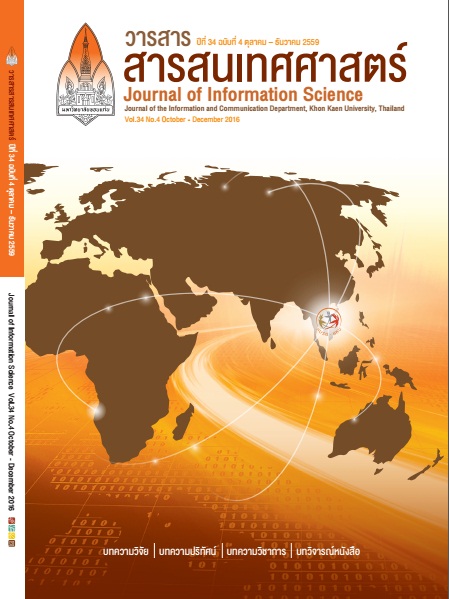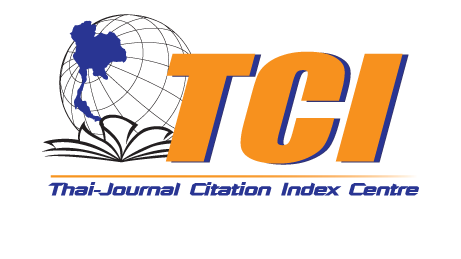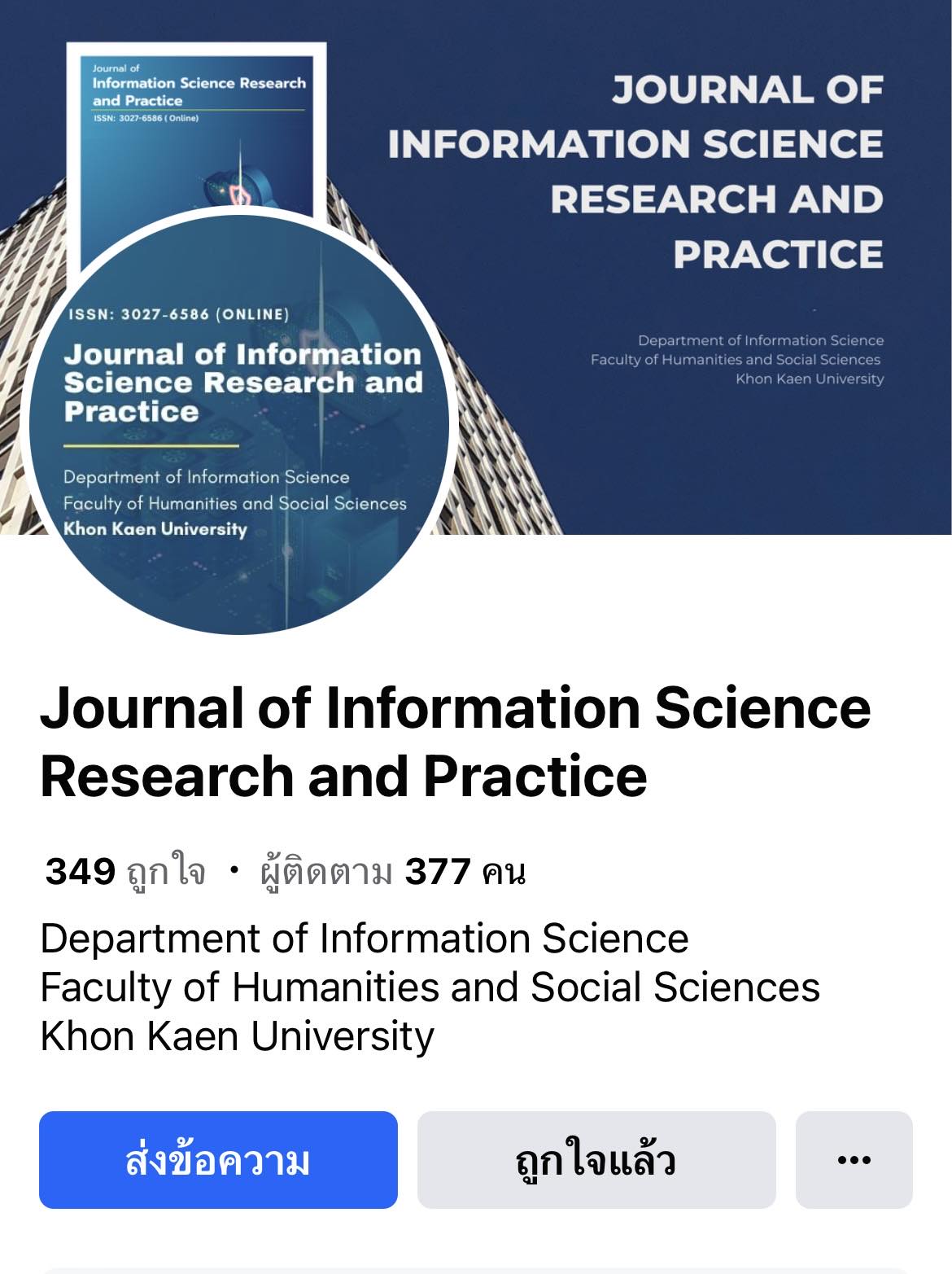การรู้ดิจิทัล: นิยาม องค์ประกอบ และสถานการณ์ในปัจจุบัน
Keywords:
การรู้ดิจิทัล, การประเมินการรู้ดิจิทัล, องค์ประกอบการรู้ดิจิทัล, นักศึกษาระดับปริญาตรี, Digital literacy, Digital literacy assessment, Digital literacy factors, Undergraduate studentsAbstract
บทคัดย่อ
“การรู้ดิจิทัล” เป็นหนึ่งในทักษะแห่งศตวรรษที่ 21 ที่ผู้เรียนจำเป็นต้องเรียนรู้ ควบคู่ไปกับทักษะการคิดอย่างมีวิจารณญาณ ทักษะความคิดสร้างสรรค์ ทักษะการแก้ปัญหาทักษะสารสนเทศ สื่อ และเทคโนโลยีการรู้ดิจิทัลเป็น “ทักษะการอยู่รอด” ในยุคดิจิทัลมีความสำคัญต่อผู้เรียนทุกคน โดยฝึกฝนผู้เรียนทั้งพุทธพิสัย ทักษะพิสัย และจิตพิสัย เช่น การวิเคราะห์ การประเมินการจัดการ และการใช้เทคโนโลยีดิจิทัล เพื่อสร้างผลงานใหม่ๆ ได้บทความนี้นำเสนอ การรู้ดิจิทัลใน ประเด็นของคำนิยาม องค์ประกอบ สถานการณ์ปัจจุบัน รวมทั้งรูปแบบการเรียนการสอนเพื่อพัฒนาผู้เรียนให้เกิดการรู้ดิจิทัล อันจะเป็นประโยชน์ต่อผู้สอน ผู้เรียน บรรณารักษ์ นักสารสนเทศ และนักการศึกษา นำไปสู่การพัฒนาการรู้ดิจิทัลต่อไปในอนาคต
Abstract
Digital literacy is one of 21st century skill. Learners need to learn merging the practice of critical thinking skill, creative thinking skill, problem-solving skill, Information, media and technology skill. Digital literacy is a survival skill in the digital era. It is important to all learners. Particularly, they were practiced cognitive, psychomotor, and affective domain. Such as analyzing, evaluating, managing, and using digital technology to create a new task. This article presents digital literacy, including definition, component, and current situation. Moreover, teaching and learning method of digital literacy that useful for instructors, learners, librarians, information specialists, and educators for developing further digital literacy in the future.








